Earnings rise fastest for the low-paid, says ONS
- Published
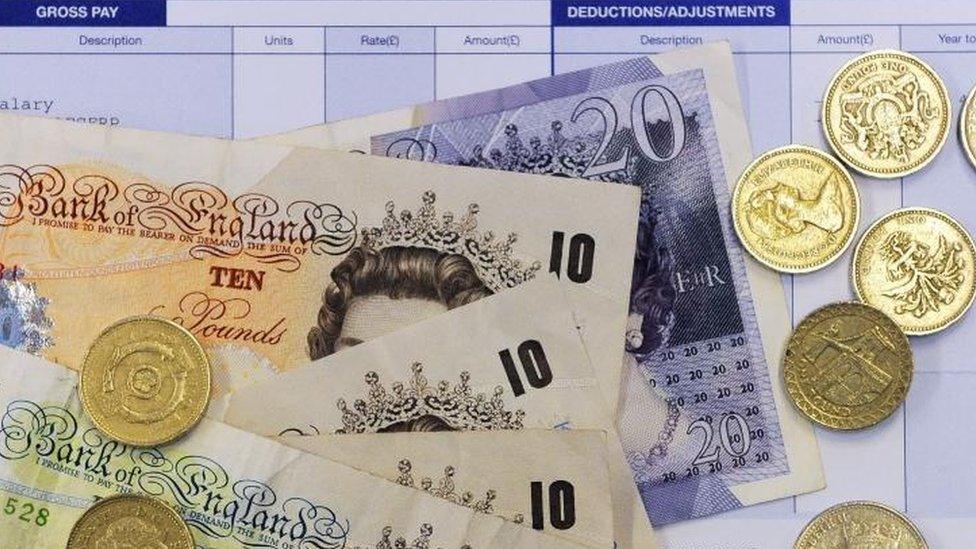
Earnings have risen fastest among the lowest paid owing to the introduction of higher minimum wage levels.
A 6.2% rise for the lowest paid UK workers meant pay inequality narrowed between April 2015 and early April 2016, the figures from the Office for National Statistics (ONS), external indicate.
The pay gap between men and women has also shrunk slightly, it said.
Pay overall rose at its joint highest rate since the financial crisis, driven by wage rises in the private sector.
Weekly earnings for full-time workers were 2.2% higher in April from a year earlier, or by 1.9% after inflation.
Despite the increases, the Resolution Foundation think tank points out that typical earnings still remain 6.8% below pre-financial crisis levels. The median average full-time worker was paid £539 a week - or £28,028 a year - before tax in April 2016.
In a sign of the growing "gig" economy - in which workers have a more flexible, short-term, sporadic work pattern - part-time earnings were up by 6.6%.
Living wage
Generally, a worker in the highest paid 5% of employees saw a 2.5% rise in earnings in the year to April, but it was the lowest paid who have seen the fastest increase.
The National Living Wage (NLW) came into force on 1 April, requiring employers to pay workers aged 25 and over at least £7.20 an hour. This led to an immediate pay rise for 1.8 million workers.
Workers aged 21 to 24 have been paid the National Minimum Wage of £6.95 an hour since 1 October. Previously it was £6.70 an hour.
Hourly earnings, excluding overtime, for full-time jobs among the lowest-paid increased by 5.9% from £6.86 to £7.26 between 2015 and 2016.

Laura Gardiner, senior policy analyst at the Resolution Foundation, said: "The introduction of the National Living Wage has well and truly made its mark on pay across Britain. The new wage floor has contributed to a significant closing of the gender pay gap and a welcome fall in pay inequality.
"But while 2016 has been the strongest year for pay in over five years, we may not see this level of growth again this parliament given the outlook for lower earnings growth and higher inflation in the wake of the Brexit vote.
"It is encouraging to see pay finally recovering after a long and painful squeeze, but with the pace of recovery set to slow it could be another decade before we see a return to pre-crash pay levels."
To represent the lowest paid, the ONS uses someone who would be fifth worst paid among 100 people in a cross-section of the UK population.
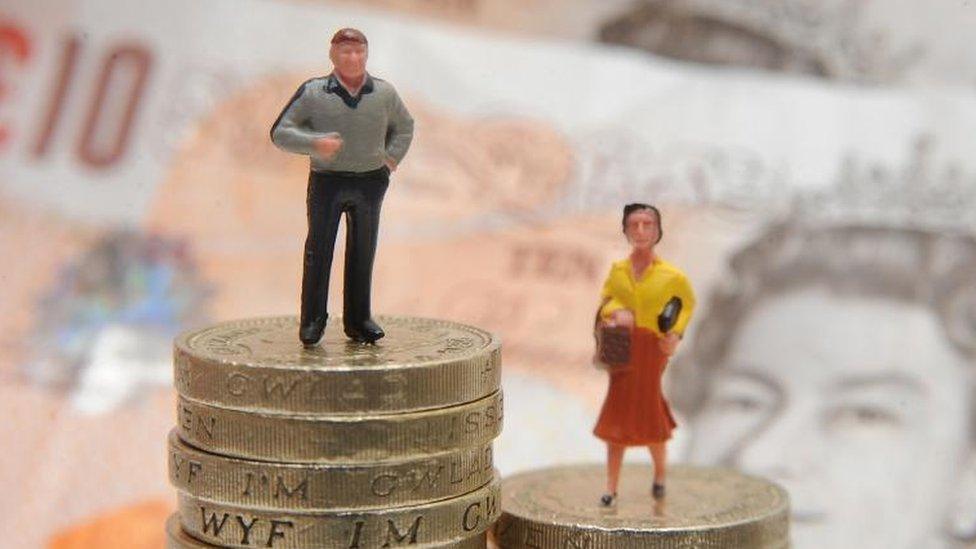
The gap between typical pay of men and women had changed relatively little over the last six years, the ONS said.
The gap has narrowed slightly, with full-time female employees typically paid 9.4% less than men. The gap remains at about 20% for high earners,
TUC general secretary Frances O'Grady said: "The full-time gender pay gap is closing at a snail's pace. At this rate, it will take decades for women to get paid the same as men.
"We need a labour market that works better for women. This means helping mums get back into well-paid jobs after they have kids, and encouraging dads to take on more caring responsibilities."
Business Minister Margot James said: "I am particularly pleased the gender pay gap is closing, but there is still more to be done to make sure women are treated equally."
Debbie Abrahams, Labour's shadow work and pensions secretary, said: "The figures are yet more disappointing news for working people, with real earnings still below their pre-recession peak in 2008 and the number of people stuck in low-paid jobs increasing by 66% on last year."
- Published26 October 2016
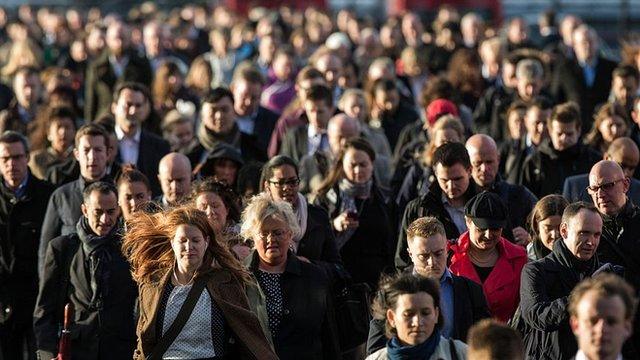
- Published27 July 2016
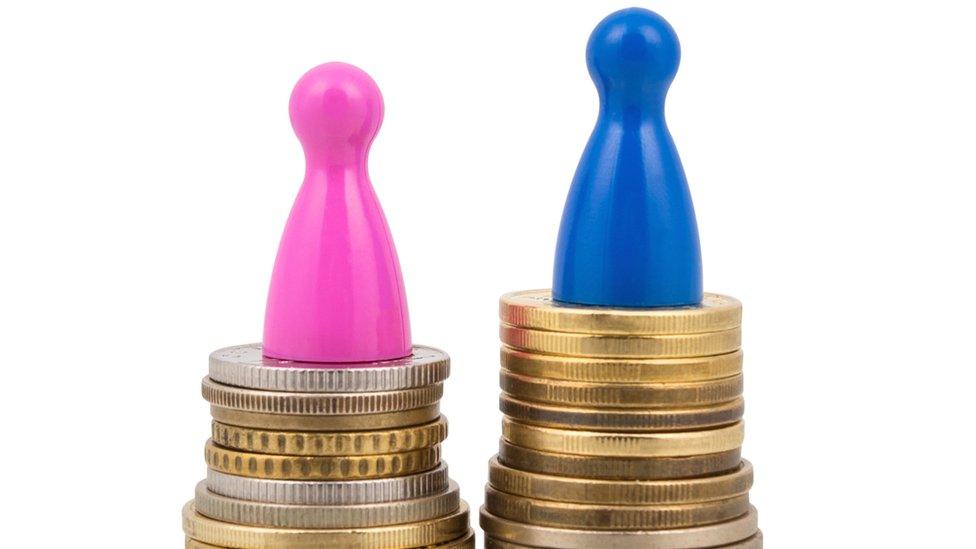
- Published1 April 2016
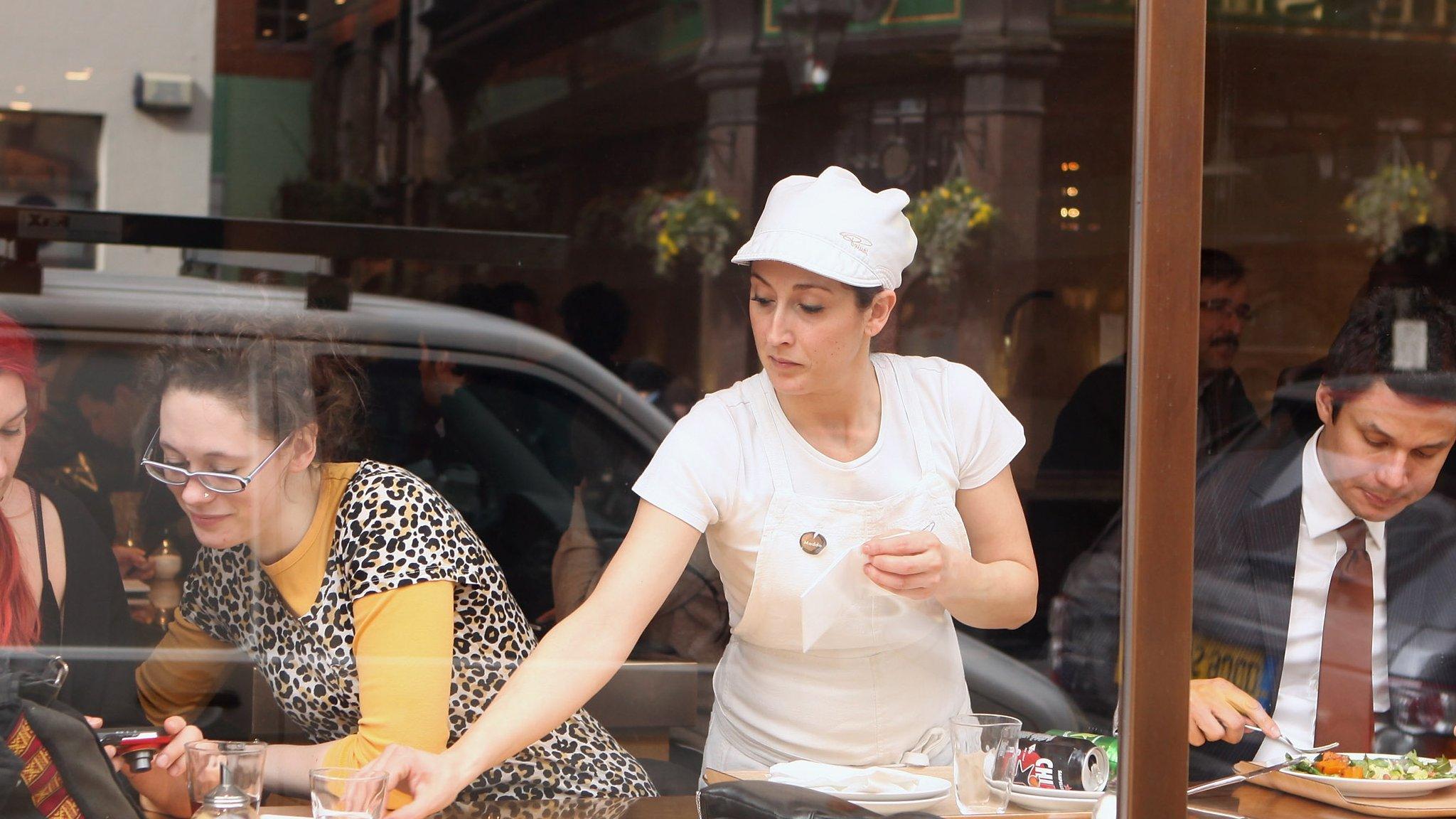
- Published29 August 2016
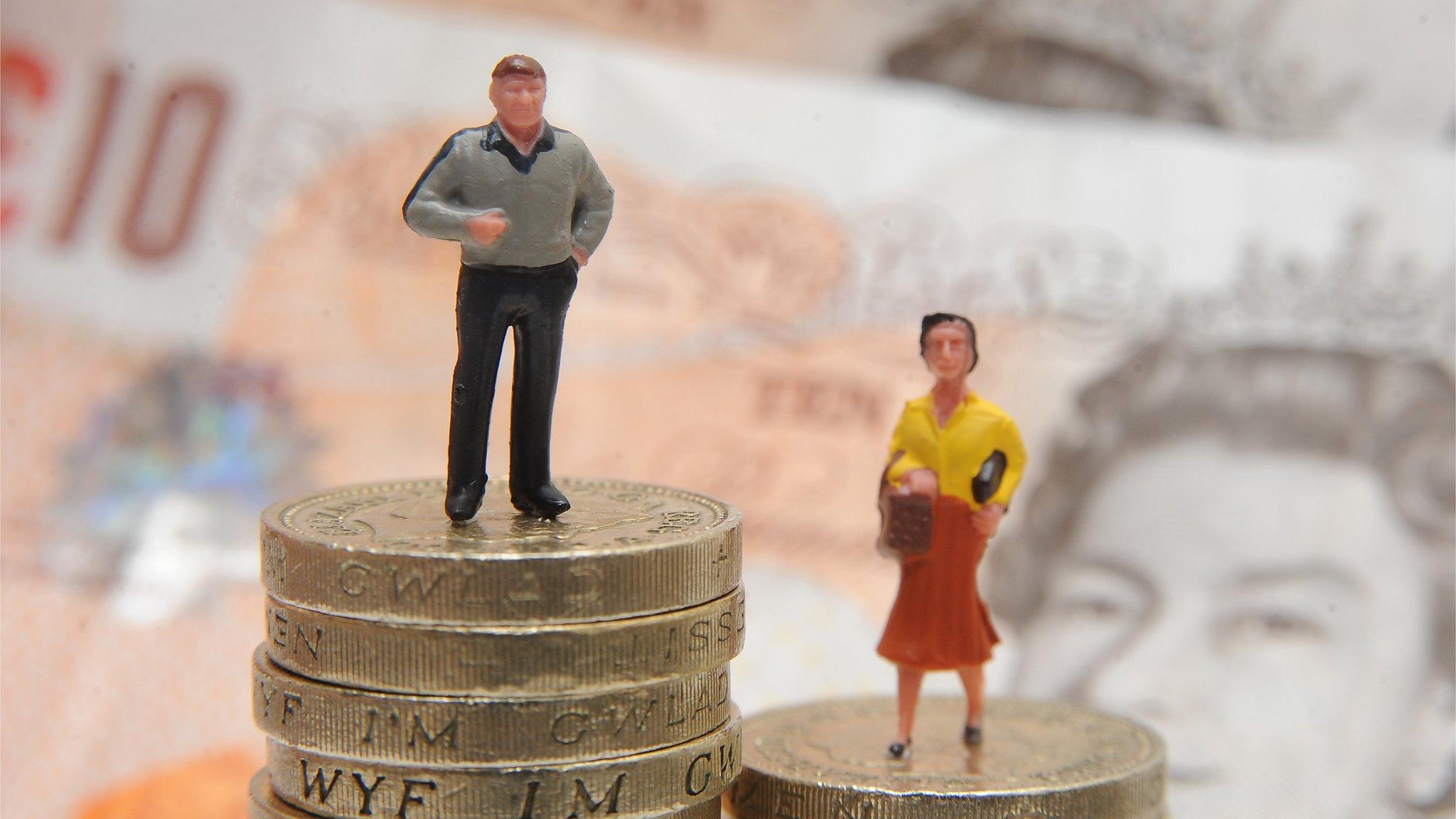
- Published12 February 2016
